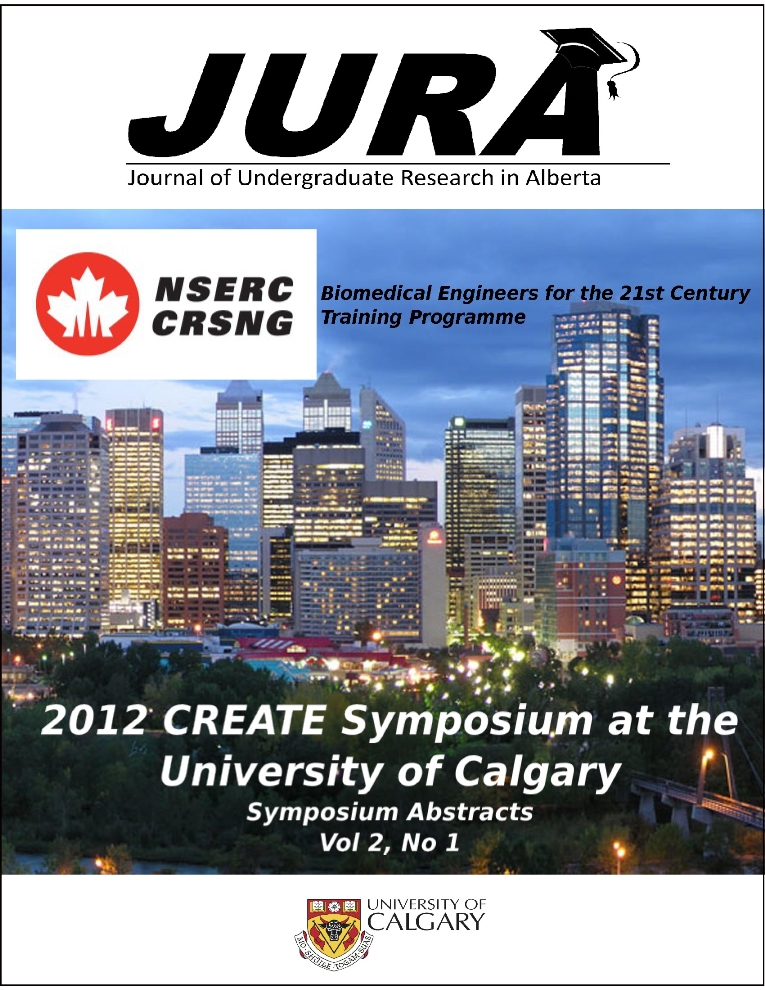Development of a low cost, sensing device to assist in the physiotherapy and day-to-day treatment of incorrect posture due to the tightening of pectoral muscles and hip-flexors or Kyphosis and Scoliosis
Abstract
The failure to maintain correct posture can have drastic effects; the more severea curvature in the spine becomes, the more likely that the afflicted person will needeither a back brace or, have to undergo corrective surgery1. Permanent deformity andmuscle strain can occur, as prolonged effects2. In an attempt to avert these issues,physiotherapists often prescribe stretches and exercises to patients, that can be practicedthroughout the day in order to correct the spinal position and improve overall posture3.The patient however, may forget or become too tired to continue practicing properposture. With this in mind, a potential solution that could be implemented would be adevice that detects movement in the back. It would alert the patient if they slouch theirshoulders or arch the lower region of their back to an extreme degree, for example. Thisalert would be the vibration of a pad on the patient’s stomach, or a vibration or beepingsound from the patient’s phone. In order to create this mechanism, familiarization withthe ADXL 345 accelerometer and how to interface it with a processor, was necessary.After the program was complete, examination of the acceleration values obtained wasdone. Observed anomalies led to the need for calculation of angular movement. Theapproach of using equations involving 3-dimensional movement, and derivatives ofthese equations were implemented into the program. Calibration of the accelerometerat rest was needed as well. Both of these would allow for more accurate detection oftwists and tilts in a human’s back. Introducing a second or third accelerometer into thisdevice is a valid option that may be explored in the future. This modification wouldallow for increased accuracy in values obtained, as well as for continuous calibrationwhile the device is in use.Downloads
Download data is not yet available.
Downloads
Published
2012-10-25
Issue
Section
Articles
License
Authors retain all rights to their research work. Articles may be submitted to and accepted in other journals subsequent to publishing in JURA. Our only condition is that articles cannot be used in another undergraduate journal. Authors must be aware, however, that professional journals may refuse articles submitted or accepted elsewhere—JURA included.


